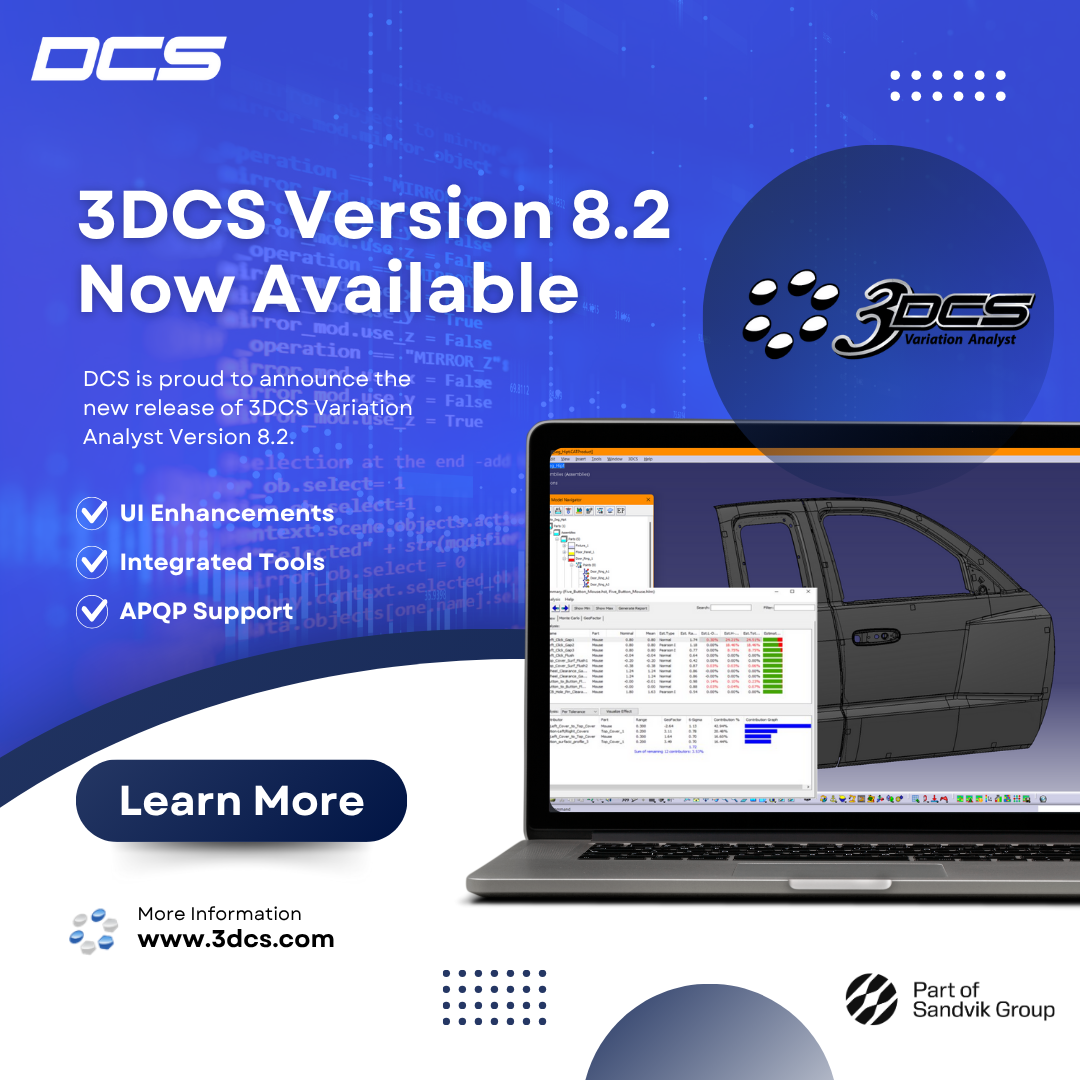In this article, I would like to offer you a brief overview of the business benefits you can gain from software-based tolerance analysis, the virtual prototype concept and, building upon these, the digital quality twin.
Before addressing any technical background, let’s take a look at a manufacturing company that has already updated its quality assurance processes and tools.
Promising Scenarios
In such a company, the development division designs and optimizes components in a virtual environment. When serial manufacturing begins, real measurement data turn this virtual reality environment into a “real virtuality” environment.
When serial manufacturing begins, real measurement data turn this virtual reality environment into a “real virtuality” environment.
Building on this foundation, the company can …:
- … virtually assure production step sequencing or new manufacturing procedures – instead of having to conduct costly, drawn-out tests using real-world production materials.
- … reconcile machine settings with the dimensions of components as they arrive at the start of a shift – instead of only dealing with machine settings reactively when problems arise.
- … rely on software to determine the causes of manufacturing problems – instead of puzzling them out by trial and error.
- … reuse previously gained knowledge about manufacturing precision levels when creating new product variants and all-new products – instead of having to take the same hurdles over and over again.
Depending on the manufacturing context, this list can be extended in various ways. One fact remains: These scenarios don’t just sound promising – they can already be achieved today. The above-mentioned examples are from real-world production situations, and I have had the opportunity to participate in some of these projects as a CENIT tolerance management expert.
Feasibility is not the issue. The required technologies are readily available, as are tried and proven approaches to implementation.

Digital Thread from development to production - Courtesy CENIT AG
Everyone must understand the objective
So how do you go about implementing a similar solution in your own enterprise? In my experience, a core challenge is maintaining a positive attitude to how you establish new processes. As with other Industry 4.0 concepts, an end-to-end quality assurance system will change workflows and accountability structures within company divisions. This can only be made to work if everyone involved pulls in the same direction.
When responsibilities change, the management's overall perspective is required.
That’s why I’d like to start the next section the same way as I begin any project with a client: By emphasizing that management must fully support and guide such a plan.
When responsibilities change, the management's overall perspective is required. And before the path to the goal can be mapped, everyone must understand the objective. Those who call for change must also be able to authorize and fund all associated measures.








No Comments Yet
Let us know what you think